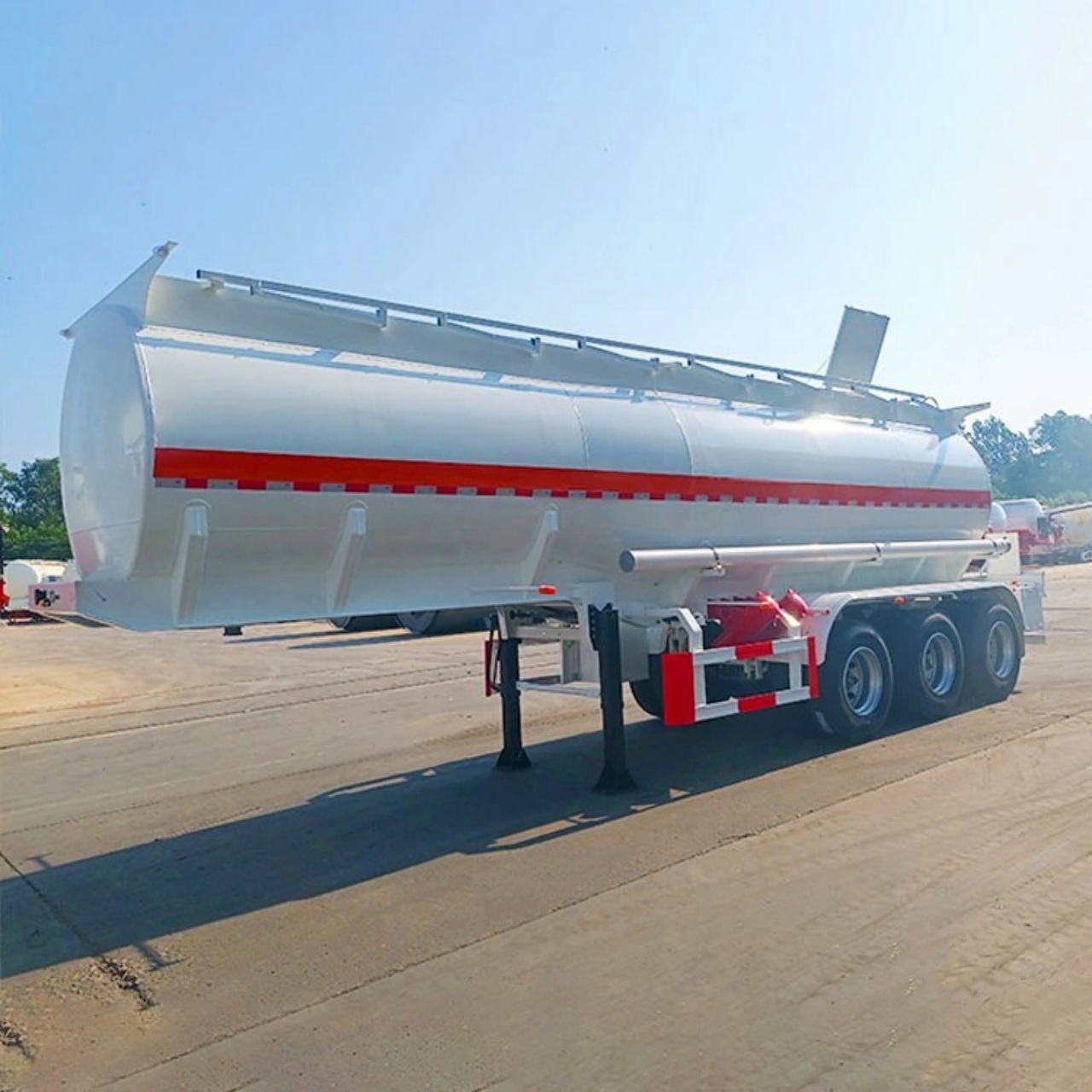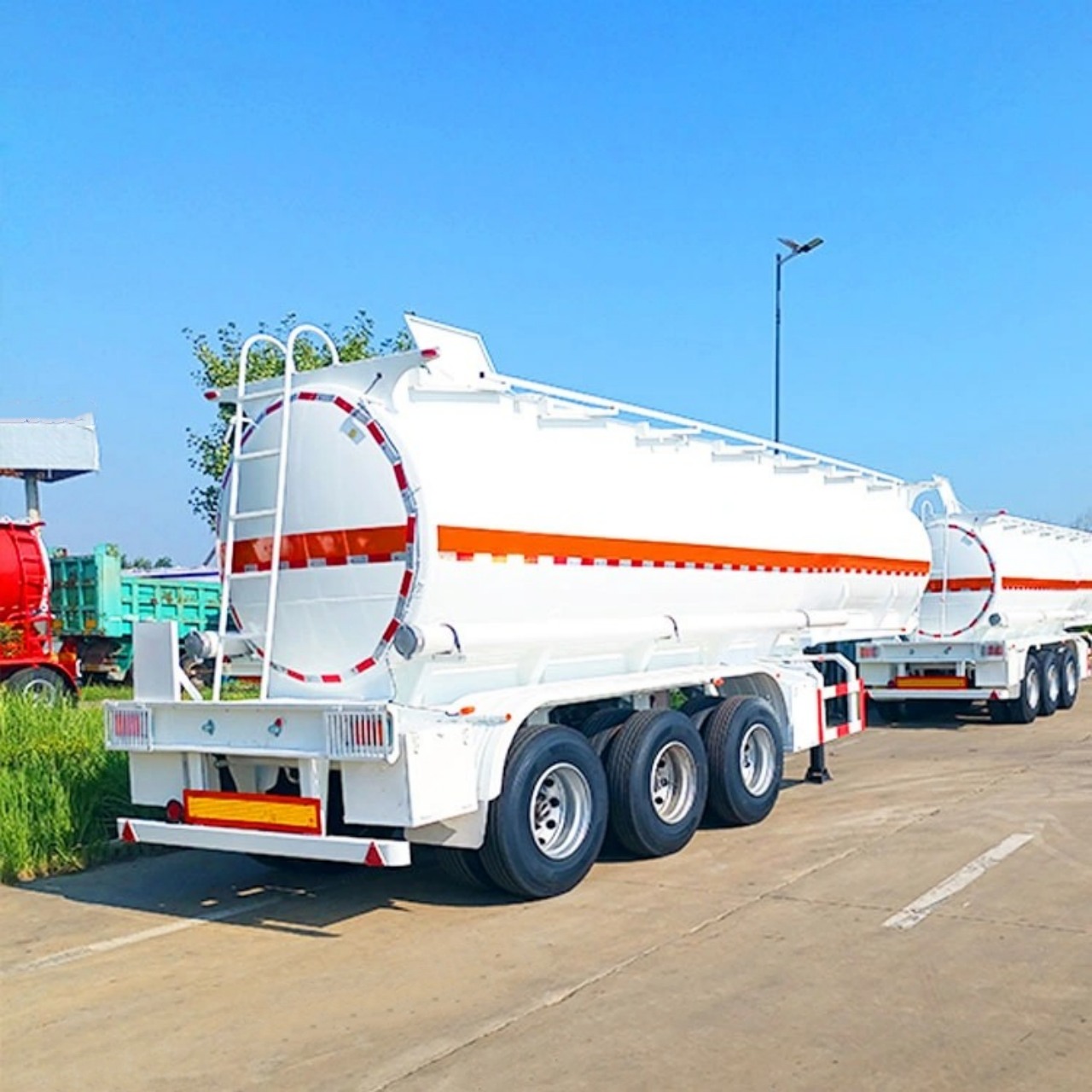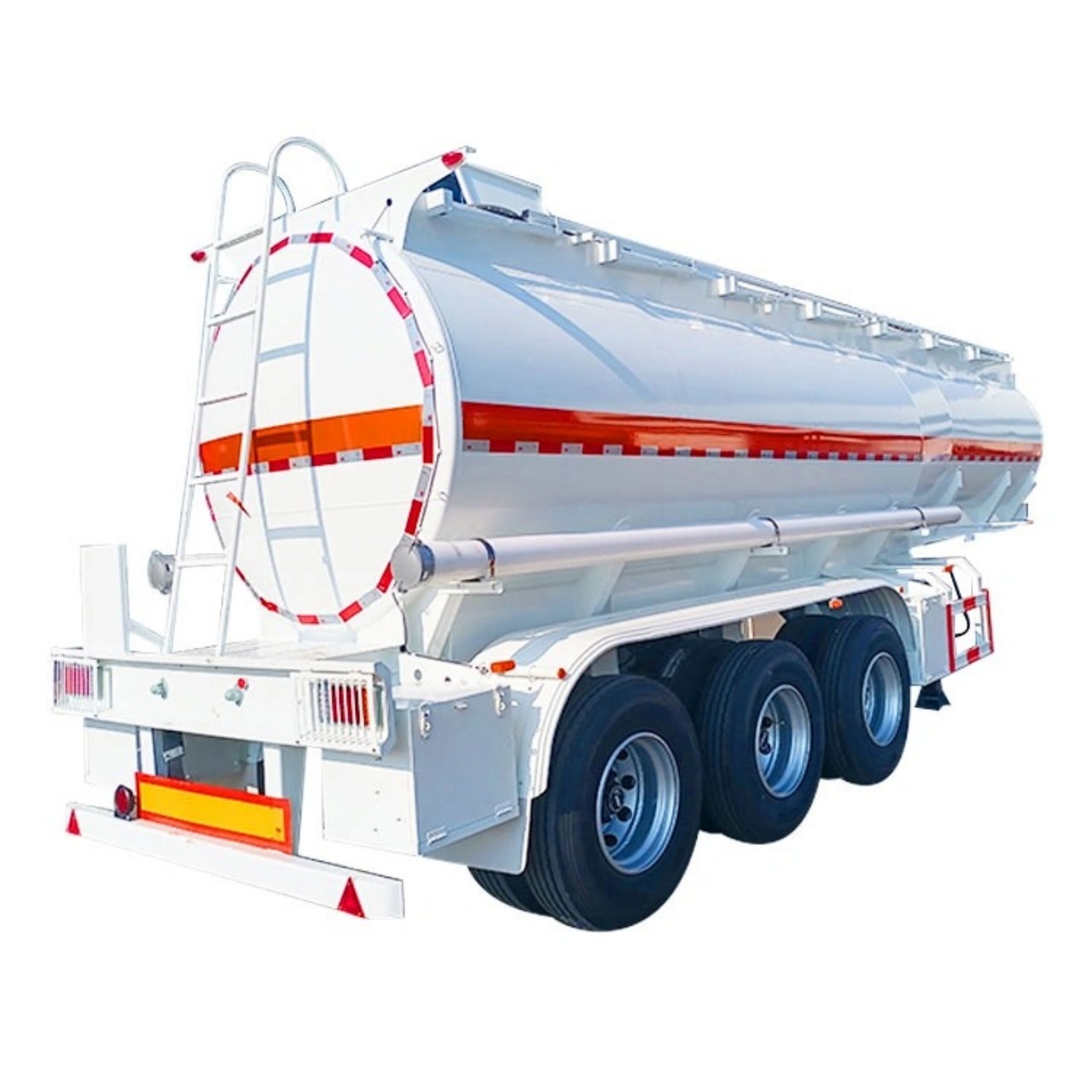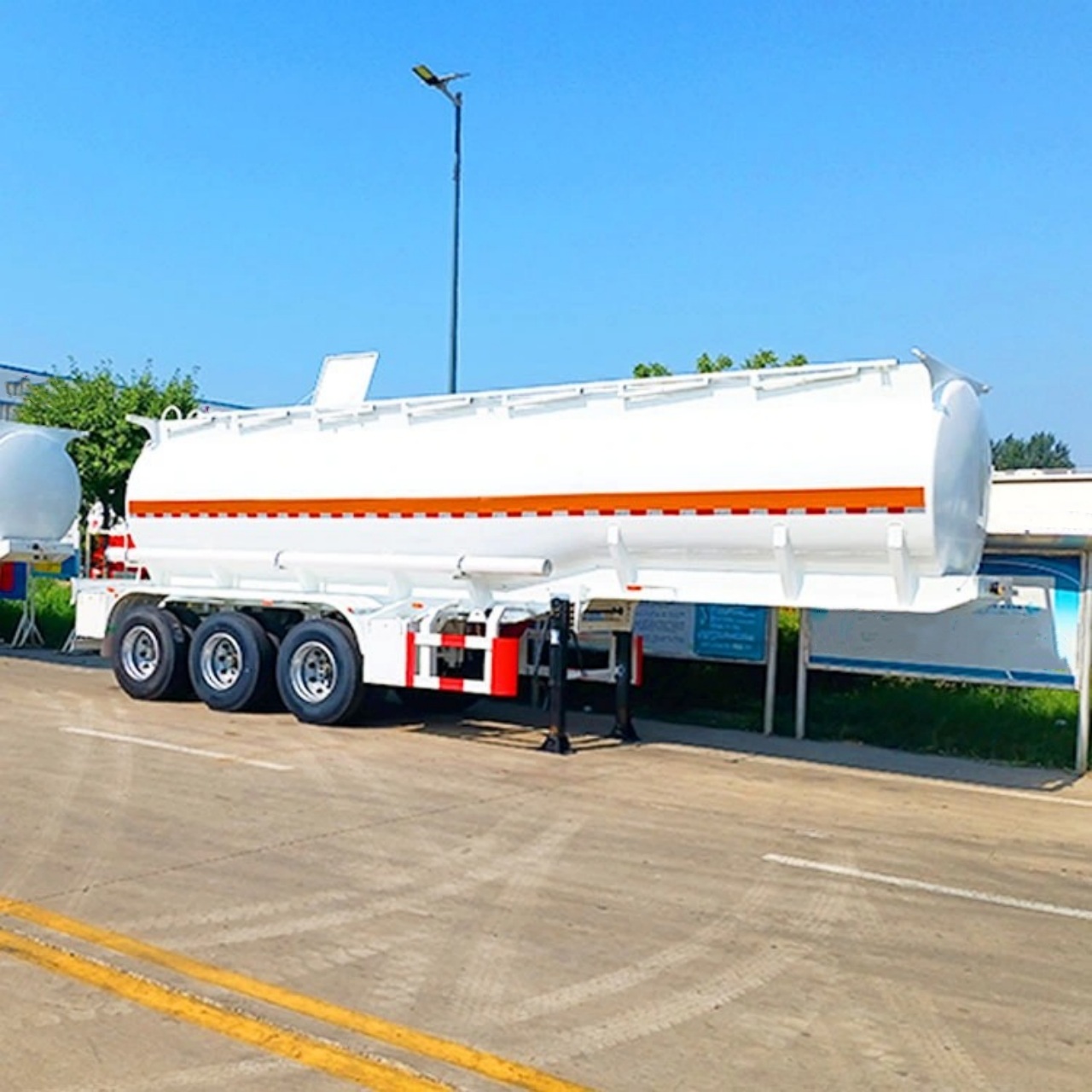Chemical tanker trailers are crucial in transporting various types of chemicals, offering a specialized solution for industries that require safe and efficient transport of hazardous liquids. These trailers are designed with precision to meet stringent safety standards and accommodate different chemical compositions, ensuring both reliability and environmental responsibility in their operations.
Overview of Chemical Tanker Trailers
A chemical tanker trailer is a specialized vehicle used for transporting liquid chemicals in bulk. Unlike conventional tank trailers used for water or food-grade products, chemical tankers are constructed with materials that can withstand the corrosive and reactive nature of the chemicals they carry. These trailers are typically made from stainless steel, aluminum, or specialized alloys that prevent contamination and ensure structural integrity under varying conditions.

Size and Dimensions
The size of a chemical tanker trailer varies depending on its capacity and intended use. These trailers are designed to maximize payload while adhering to legal weight and size restrictions for road transport. Here are the typical dimensions and capacities you might find in chemical tanker trailers:
- Capacity: Chemical tanker trailers range in capacity from about 5,000 liters (1,320 gallons) to over 45,000 liters (11,887 gallons). The capacity depends on the specific requirements of the chemicals being transported and regulatory limits.
- Length: The length of a chemical tanker trailer varies but generally ranges from 10 meters (33 feet) to 20 meters (66 feet) to accommodate different tank volumes and trailer configurations.
- Width and Height: Standard width is around 2.5 meters (8.2 feet), while height varies based on the tank’s design and whether it includes insulation or specialized fittings.
Design and Construction
Chemical tanker trailers are meticulously designed to ensure the safety of both the cargo and the environment. Key design features include:
- Tank Material: Stainless steel is commonly used due to its resistance to corrosion and ability to withstand a wide range of chemicals. Some trailers may also use aluminum or specialized alloys depending on the specific chemical compatibility requirements.
- Insulation and Heating: For chemicals that require specific temperatures for transport, chemical tanker trailers may be equipped with insulation and heating systems to maintain the desired temperature throughout the journey.
- Safety Features: These trailers are equipped with multiple safety features such as emergency vents, pressure relief valves, spill containment systems, and inert gas systems to prevent accidents and environmental contamination.

Types of Chemicals Transported
Chemical tanker trailers are used to transport a wide range of liquid chemicals, including:
- Industrial Chemicals: Acids, alkalis, solvents, and other industrial chemicals required for manufacturing processes.
- Specialty Chemicals: Pharmaceuticals, agricultural chemicals, and specialty products that require careful handling and transport.
- Hazardous Materials: Highly reactive or toxic chemicals that require specialized handling and regulatory compliance.
Regulatory Compliance and Safety Standards
Transporting chemicals is highly regulated due to safety and environmental concerns. Chemical tanker trailers must comply with stringent regulatory standards imposed by local, national, and international authorities. These standards cover aspects such as:
- Tank Design and Construction: Ensuring the tank materials and construction methods meet safety and durability requirements.
- Emergency Response: Preparedness for spills, leaks, and accidents through training, equipment, and emergency response plans.
- Driver Training and Certification: Operators must undergo specialized training to handle chemical tanker trailers safely, including understanding the properties of chemicals being transported and emergency procedures.

Environmental and Sustainability Considerations
In recent years, there has been a growing emphasis on sustainability within the chemical transportation industry. Manufacturers and operators of chemical tanker trailers are adopting practices to minimize environmental impact, such as:
- Efficient Transportation: Optimizing routes and logistics to reduce fuel consumption and emissions.
- Technological Innovations: Introducing cleaner technologies, such as hybrid trailers and improved engine efficiency, to lower carbon footprints.
- Waste Management: Proper disposal of waste materials and recycling of components to reduce environmental impact.
Conclusion
The size of a chemical tanker trailer is not just about its physical dimensions but also encompasses its capacity, design features, and regulatory compliance. These trailers are essential for safely transporting a wide range of chemicals critical to various industries while adhering to strict safety and environmental standards. As technology and regulatory frameworks evolve, so too will the design and operational practices of chemical tanker trailers, ensuring continued safety, efficiency, and sustainability in chemical transportation.
In summary, while the dimensions of a chemical tanker trailer can be quantified in meters and liters, its true measure lies in its ability to safeguard both the cargo and the environment throughout its journey.


